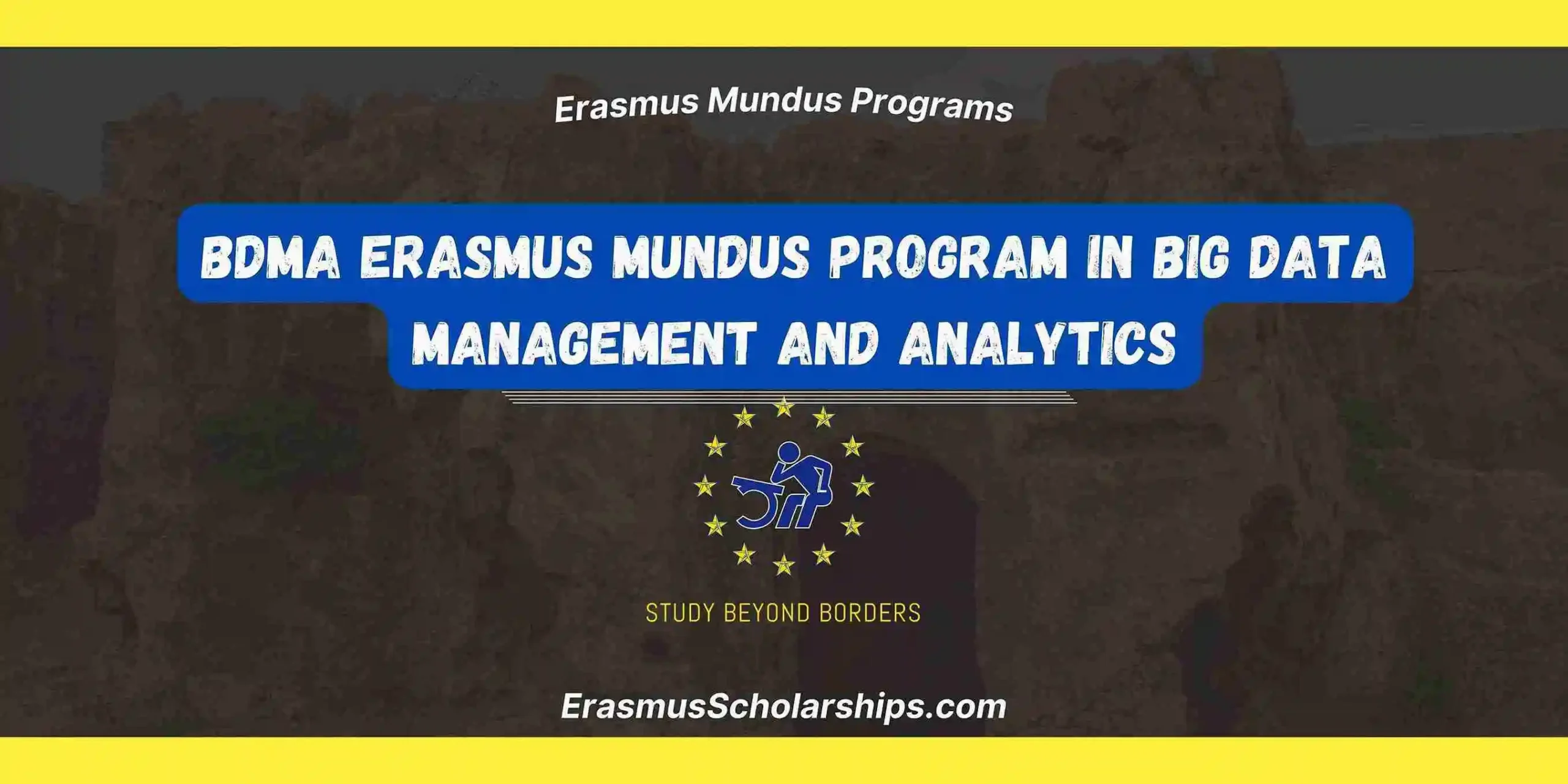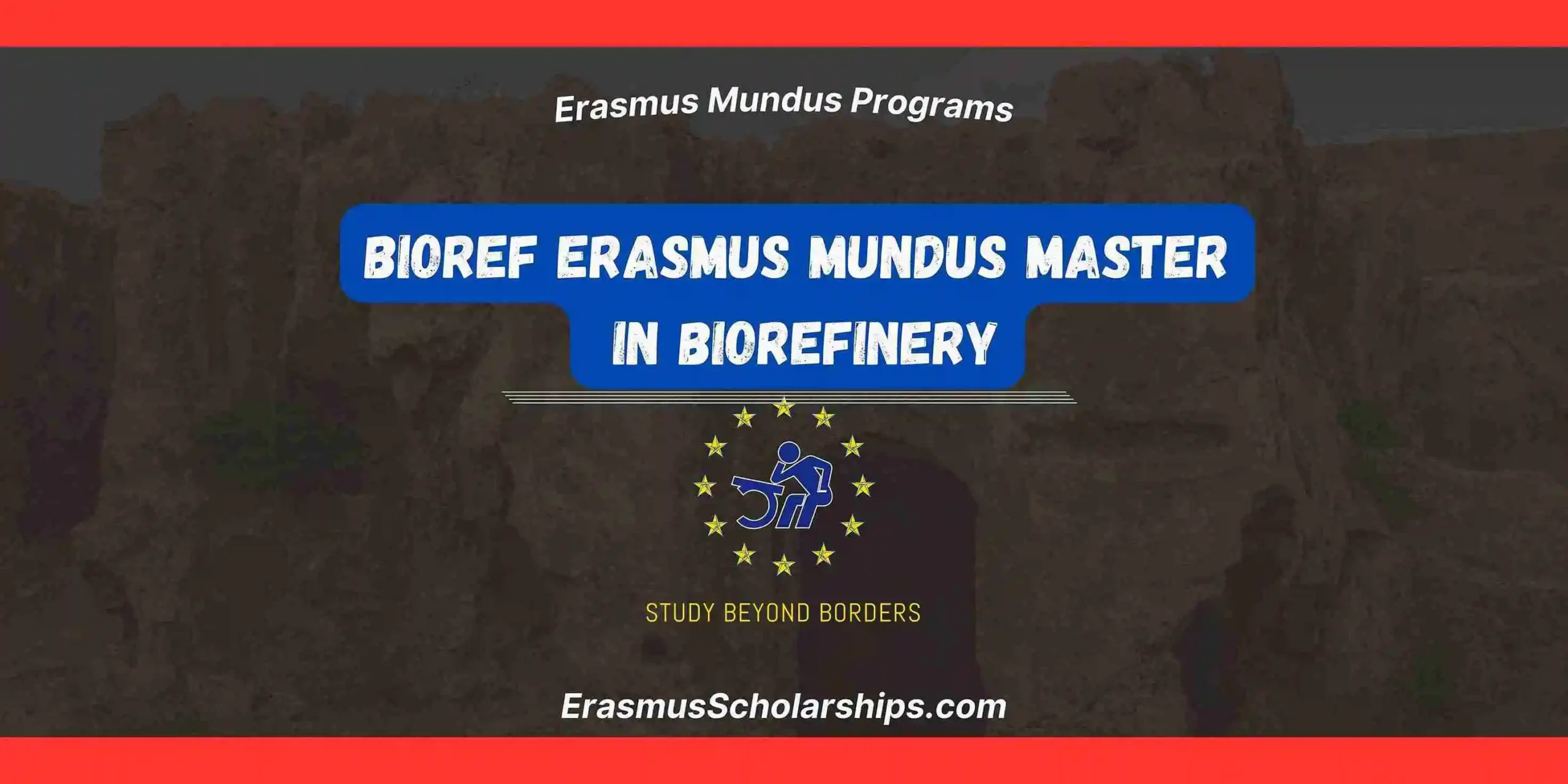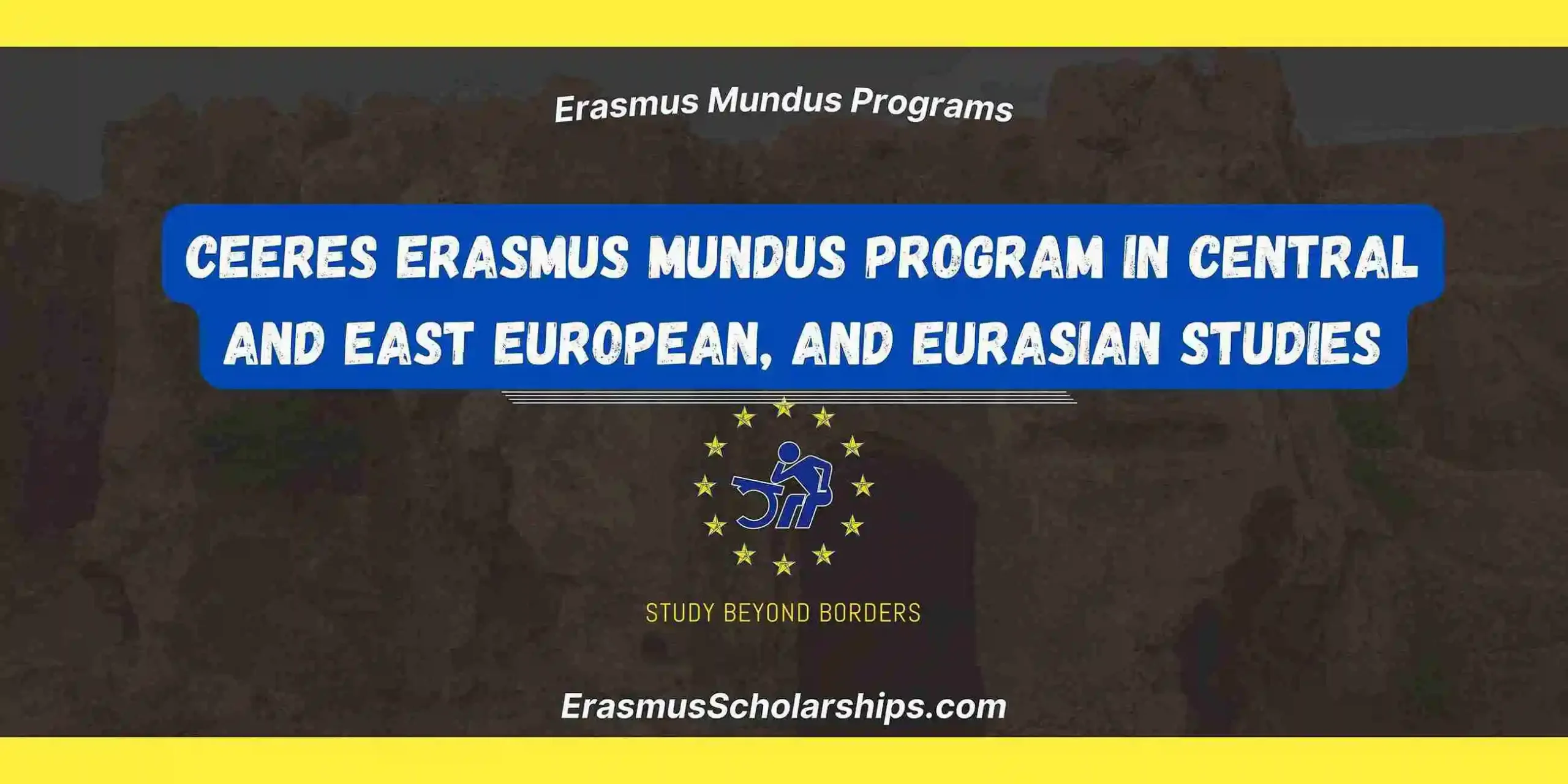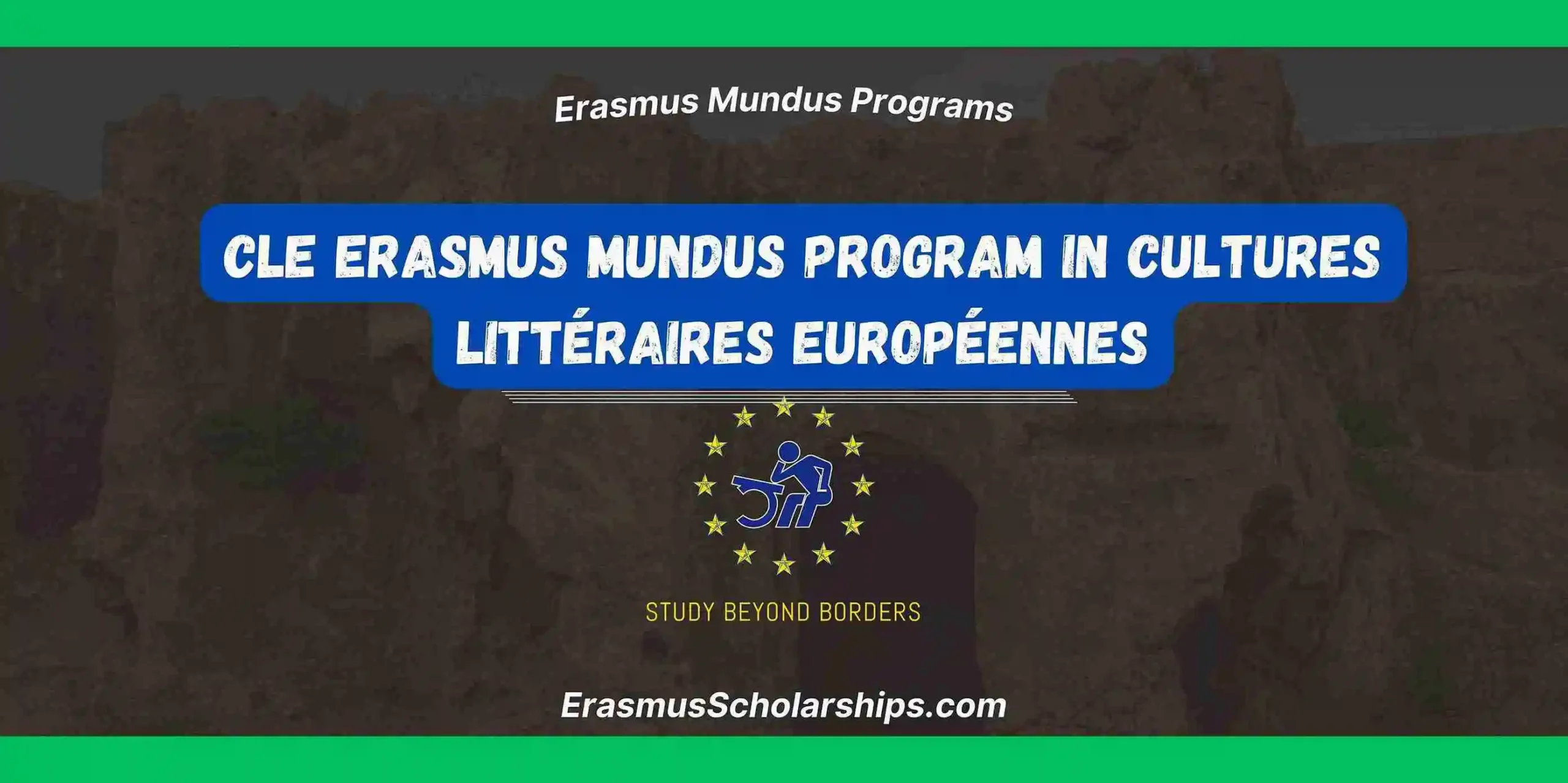The RADMEP Erasmus Mundus is a prestigious two-year (120 ECTS) European Master’s program focusing on how radiation interacts with microelectronics and photonic technologies two key enabling technologies critical to Europe’s future. Its multidisciplinary design equips students with both theoretical frameworks and hands-on experience to apply advanced methodologies across natural and man-made radiation-rich environments, enhancing their employability and adaptability in industry, agencies, and broader society.
Students embark on a culturally rich educational journey that sharpens professional and soft skills. Upon completion, graduates emerge ready to guarantee the safety and reliability of sensitive electronic and photonic systems whether deployed in space, nuclear power plants, or atmospheric conditions as they possess a deep understanding of radiation’s effects.
Project Status
- Status: Ongoing
- Start date 01-09-2020
- End date 31-08-2026
- Action Type: Erasmus Mundus Joint Master
- Universities Involved
- Countries Involved
The RADMEP Erasmus Mundus program is a Master’s in Radiation and its Effects on Microelectronics and Photonics Technologies offered by leading European universities.
| University of Jyväskyläof Lille |
| Katholieke Universiteit Leuven |
| Université Jean Monnet |
| University of Montpellier |
| Finland |
| Belgium |
| France |
This cross-border collaboration allows students to gain an international perspective while studying and researching in the heart of Europe’s academic and industrial hubs.
Description of the RADMEP Erasmus Mundus Program
The RADMEP Erasmus Mundus Program educates students in advanced radiation-technology intersections. It delivers foundational knowledge on electronics and photonics behavior under irradiation. Graduates become capable of developing systems where radiation analysis is essential for safety and performance.
Key Features of the RADMEP Erasmus Mundus Program
- Multidisciplinary focus on radiation effects in microelectronics and photonics technologies.
- Learning spans three universities across Europe, culminating in specialization for photonics (France) or microelectronics (France).
- Strong industry and research network including ~35 associate partners and collaboration with CERN.
- Excellent career outcomes: first cohort (2023) had 100% employment rate; second cohort (2024) mostly employed.
Mobility Tracks of the RADMEP Erasmus Mundus Program
- Semester 1: University of Jyväskylä (Finland)
- Semester 2: Katholieke Universiteit Leuven (Belgium)
- Semester 3: Specialization choice:
- Photonics — Université Jean Monnet, Saint-Étienne, France
- Microelectronics — University of Montpellier, France
- Semester 4: A 6-month Master’s thesis conducted in industry, agency, or research center from the RADMEP network.
Admission Requirements
- A Bachelor’s degree (or equivalent 180 ECTS), preferably in microelectronics, photonics, or physics. Final-year students may apply.
- English proficiency at least B2 level (TOEFL ≥ 90, IELTS ≥ 6.5, Pearson ≥ 62, Cambridge DELE, or equivalent).
- Required documents: CV (preferably Europass), transcript, diploma, motivation letter, letters of recommendation, proof of nationality, residence history, birth certificate, and any additional materials.
How to Apply for the RADMEP Erasmus Mundus Program
- Review eligibility and program details carefully.
- Prepare all required documents in PDF, per guidelines.
- Submit online via the official portal (applications are not accepted by email).
Tips to Win the RADMEP Erasmus Mundus Program
- Craft a standout motivation letter explaining your academic achievements, passion, and how RADMEP aligns with your goals.
- Use Europass CV for clarity and structure.
- Emphasize adaptability in multidisciplinary, international learning environments.
- Secure strong academic references with clear contact information.
- Demonstrate English proficiency with a solid standardized test score.
- Optional: Enrich your application with a portfolio or research highlights to stand out.
Application Timeline
- Opens: October
- Deadline: February
- Enroll: Starting September following selection
Curriculum Structure of the RADMEP Erasmus Mundus Program
- Year 1 (Semesters 1–2): Foundational courses at JYU and KUL.
- Year 2 Semester 3:
- Photonics track (UJM): Courses like Laser Physics, Optical Engineering, Radiation Effects, Photonics Labs, along with optional innovation and entrepreneurship units.
- Microelectronics track (UM): Courses include Radiation & Reliability, Testing ICs, Space mission tools, Embedded systems, plus electives.
- Year 2 Semester 4: Thesis project (6 months) with industry, agency, or research partners.
Coordinator Contact
- Email: master.RADMEP@univ-st-etienne.fr
- Tel: 0033 477 915 730
Frequently Asked Questions (FAQs)
What is the RADMEP Erasmus Mundus Program?
The RADMEP Erasmus Mundus Program is a two-year joint master’s degree focusing on radiation and its effects on microelectronics and photonics technologies, offered by top European universities.
What mobility tracks are included in the RADMEP Erasmus Mundus Program?
The RADMEP Erasmus Mundus Program offers a structured mobility path: Semester 1 in Finland, Semester 2 in Belgium, Semester 3 in France with a specialization in either photonics or microelectronics, and Semester 4 dedicated to a thesis in industry or research.
Who is eligible to apply for the RADMEP Erasmus Mundus Program?
Applicants to the RADMEP Erasmus Mundus Program must hold a Bachelor’s degree in microelectronics, photonics, physics, or related fields, and demonstrate English proficiency at a B2 level or higher.
How can students apply for the RADMEP Erasmus Mundus Program?
To apply for the RADMEP Erasmus Mundus Program, students must submit an online application through the official portal, including a CV, transcripts, motivation letter, recommendation letters, and proof of English proficiency.
What are the benefits of joining the RADMEP Erasmus Mundus Program?
The RADMEP Erasmus Mundus Program provides high-quality education, international mobility, exposure to industry and research networks such as CERN, and strong employability prospects with multiple European degrees awarded.
What career opportunities are available after completing the RADMEP Erasmus Mundus Program?
Graduates of the RADMEP Erasmus Mundus Program find opportunities in research, space agencies, nuclear industries, microelectronics companies, and photonics technology sectors.








